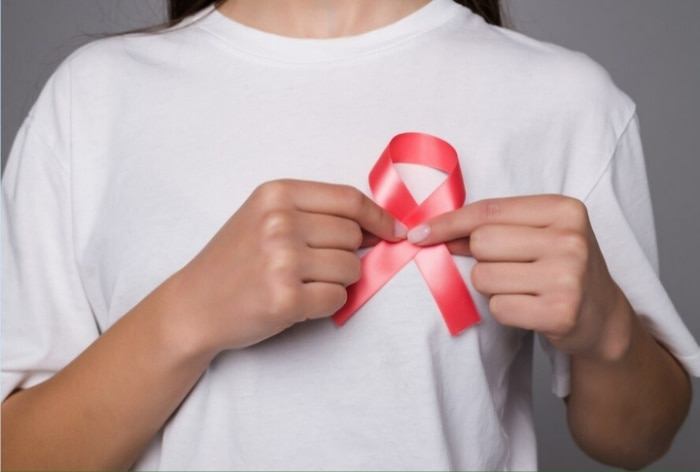Breast cancer is one of the leading causes of death. But did you know that obesity can pose a significant risk of developing a tumor? Read on for expert-backed tips on how to manage it.
Obesity is a significant and modifiable risk factor for breast cancer, particularly in postmenopausal women. The relationship between obesity and breast cancer is complex and involves multiple biological mechanisms. There is much evidence pointing to the relationship between breast cancer and obesity. A large-scale study published in 2015, part of the Women’s Health Initiative, analyzed data from over 67,000 postmenopausal women and found that obesity significantly increases the risk of developing invasive breast cancer, particularly estrogen and progesterone receptor-positive subtypes. The research highlights how a higher body mass index (BMI) is associated with an increased risk of breast cancer, emphasizing the role of obesity in the development of postmenopausal breast cancer.
Relationship between obesity and breast cancer
- Hormonal influence: “One of the key factors is the role of estrogen. After menopause, most of the estrogen in a woman’s body is produced in fatty tissue rather than in the ovaries. Higher levels of body fat lead to increased production of estrogen, which can stimulate the growth of hormone receptor-positive breast cancers,” said Dr Karishma Kirti, a breast specialist and oncoplastic surgeon, speaking exclusively to India.com. Moreover, obesity is associated with elevated levels of insulin and insulin-like growth factors (IGFs), both of which can promote the development and progression of breast cancer.
- MenopauseThe link between obesity and breast cancer is especially strong in postmenopausal women. After menopause, adipose tissue becomes the primary source of estrogen, and higher estrogen levels are associated with an increased risk of developing estrogen receptor-positive (ER+) breast cancers, the most common type of breast cancer in postmenopausal women.
- Chronic inflammation: This is another important factor. Obesity is linked to chronic low-grade inflammation, which can create an environment that fosters cancer development by damaging cells and promoting genetic mutations. Body fat distribution also plays a role; visceral fat, which accumulates around internal organs, is especially harmful and is more strongly associated with increased breast cancer risk than subcutaneous fat, which lies just beneath the skin.
Dr. Kirti explained that obesity not only increases the risk of developing breast cancer, but also leads to worse outcomes for patients who develop it and negatively influences breast cancer prognosis. Obese women with breast cancer often face a higher risk of recurrence, more aggressive tumor characteristics, and lower overall survival rates compared to women of normal weight.
Ways to control breast cancer and obesity?
To reduce the risk of breast cancer, it is very important to maintain a healthy weight through diet, exercise, and lifestyle changes, especially for postmenopausal women. Weight loss in overweight or obese women can reduce estrogen levels and reduce the risk of breast cancer. Regular physical activity, even without significant weight loss, can also help reduce risk by improving insulin sensitivity, reducing inflammation, and lowering estrogen levels.
Given the increasing rates of obesity worldwide, the connection between obesity and breast cancer has important public health implications. Efforts to combat obesity through public health initiatives, education, and support programs are essential to reducing the overall burden of breast cancer. Obesity is a modifiable risk factor for breast cancer and addressing it through healthy lifestyle choices is key to reducing incidence and improving outcomes of the disease.
